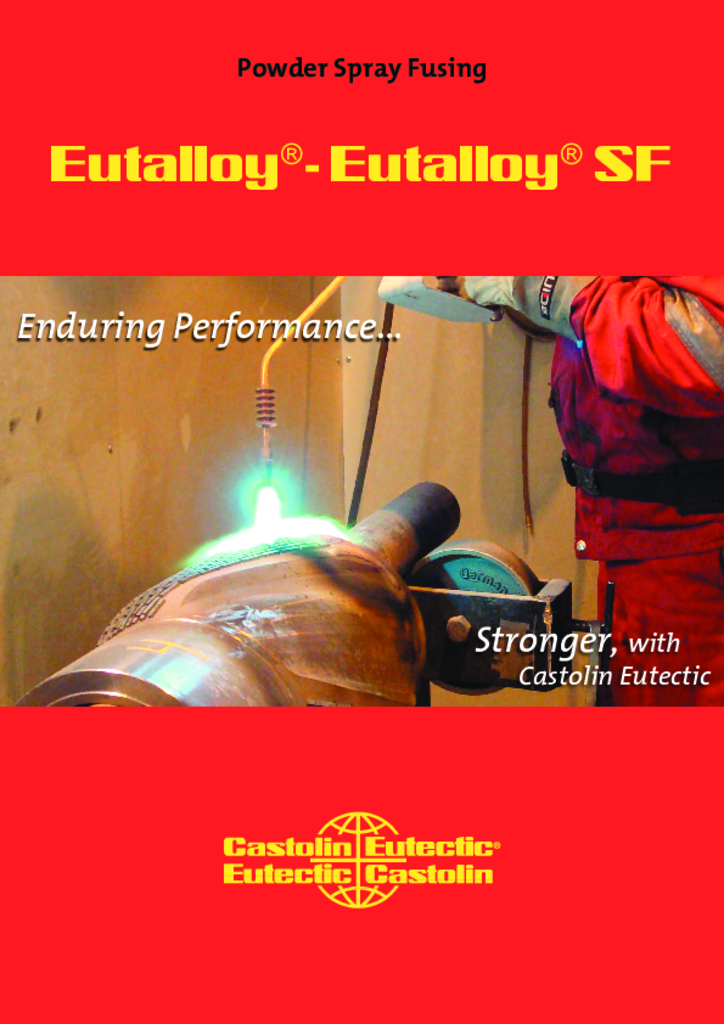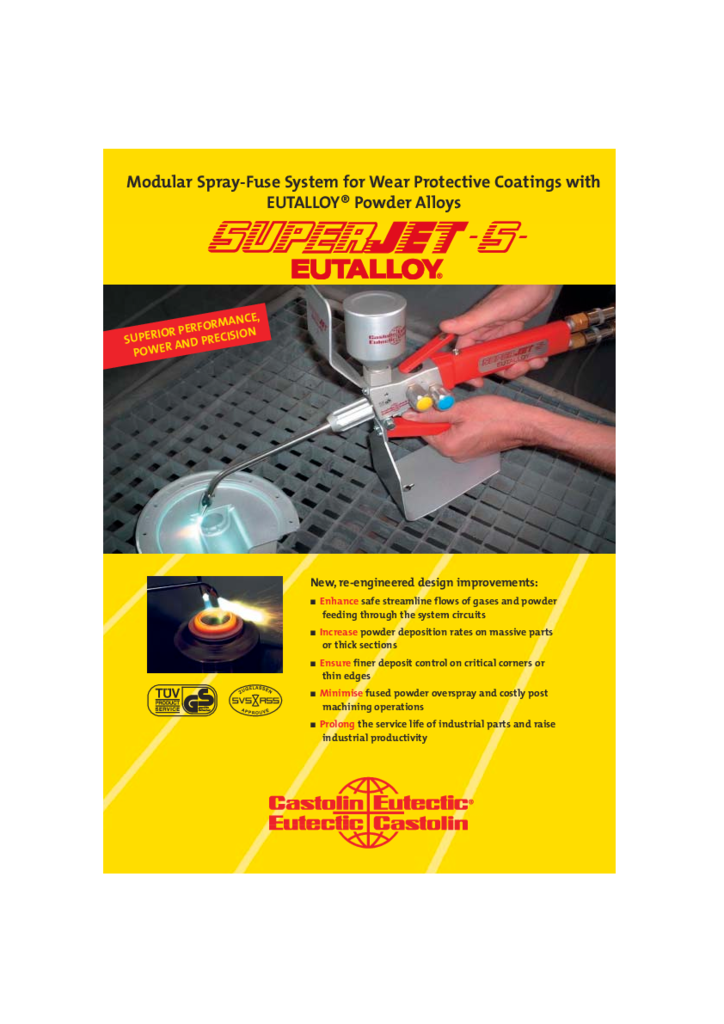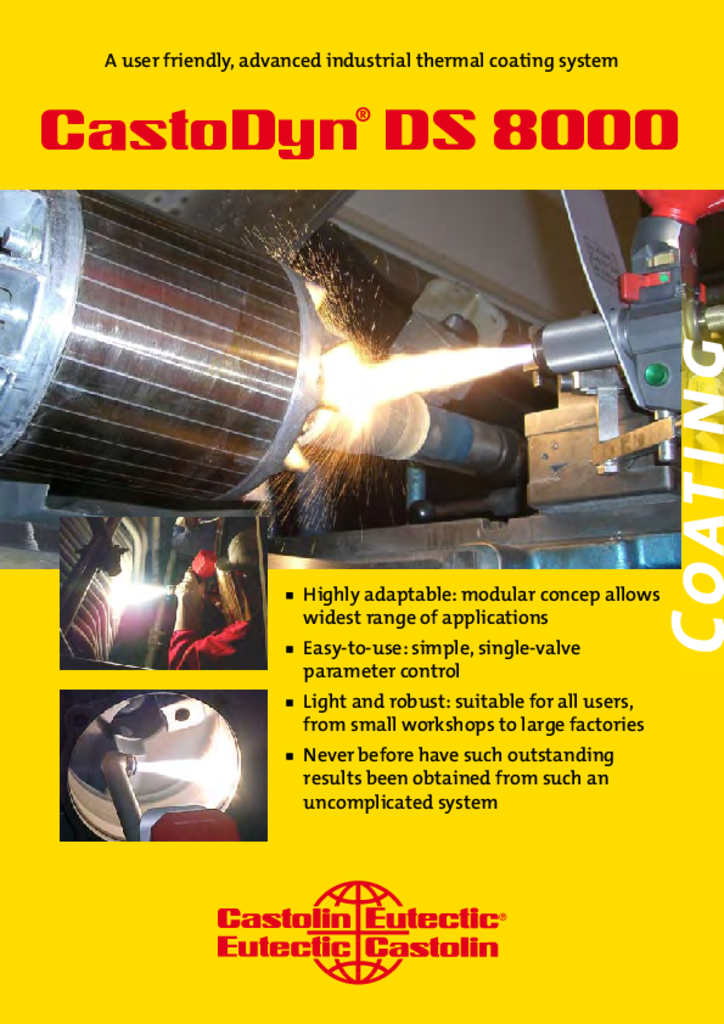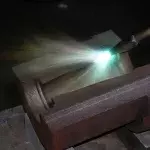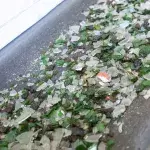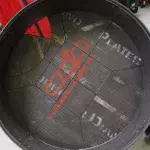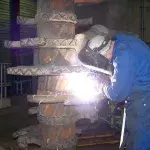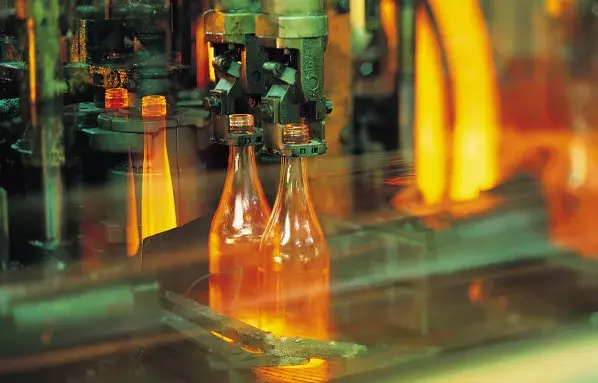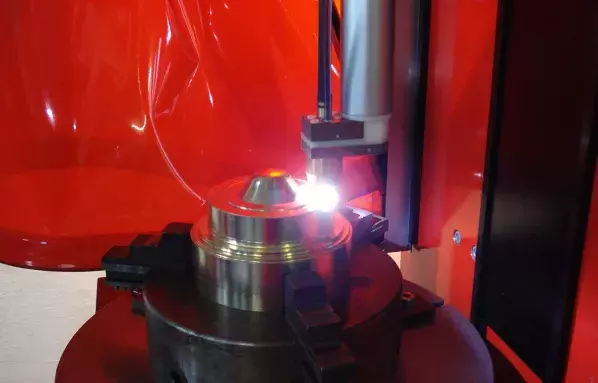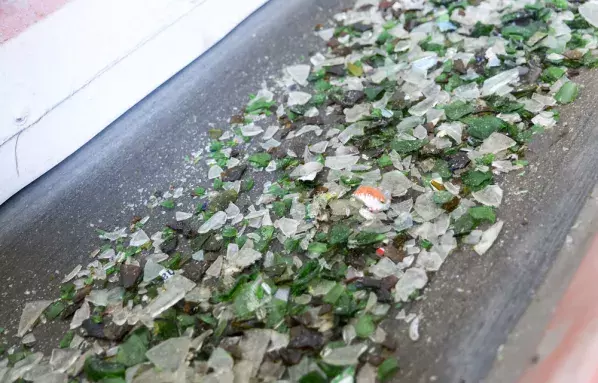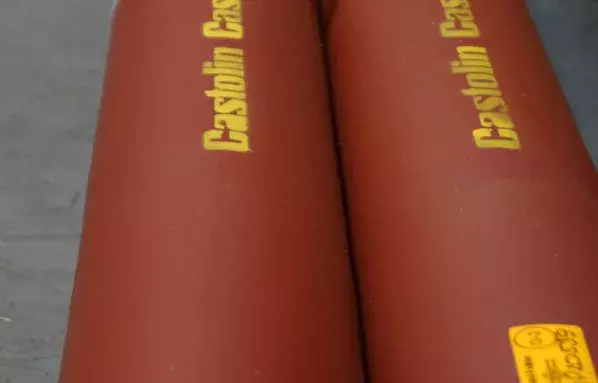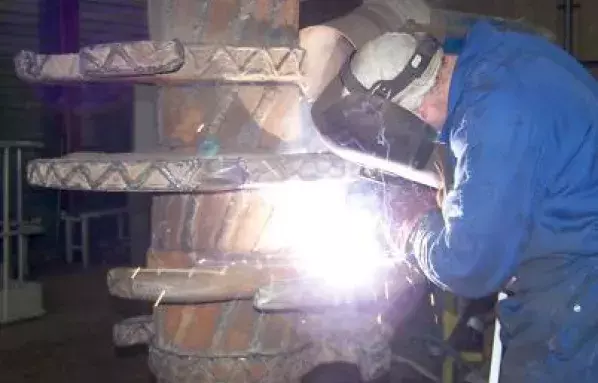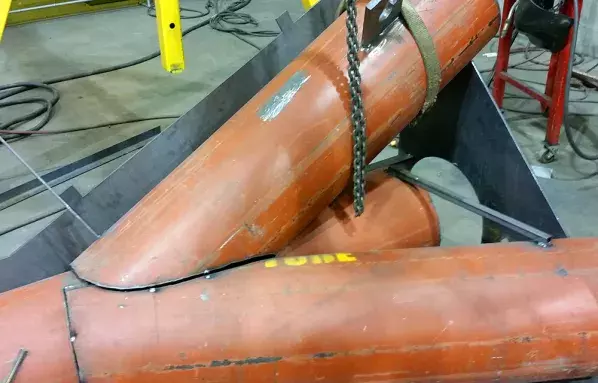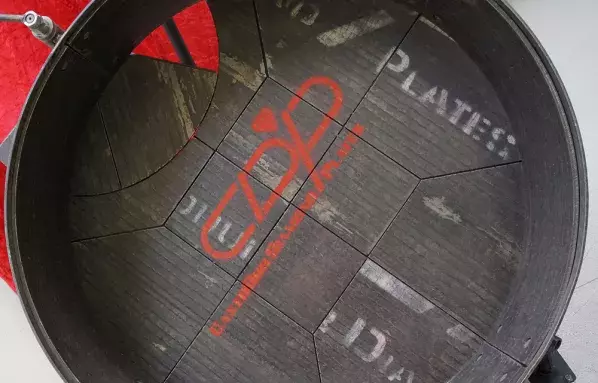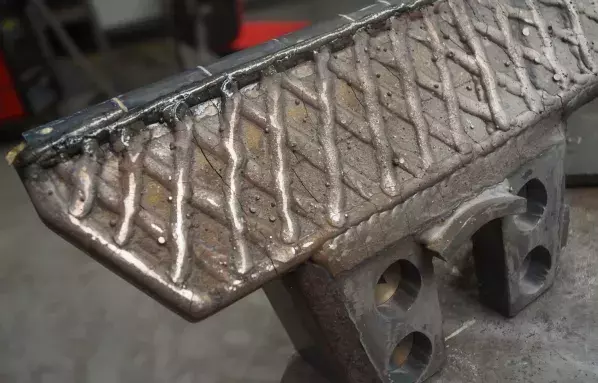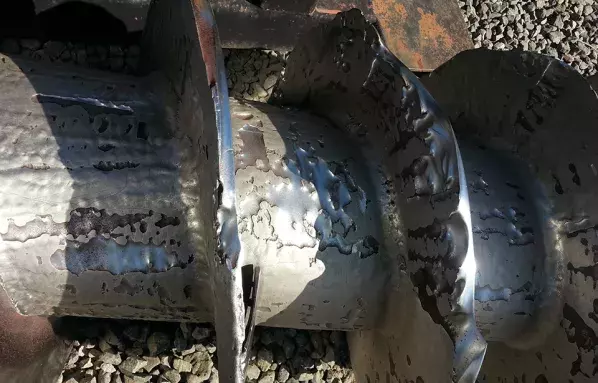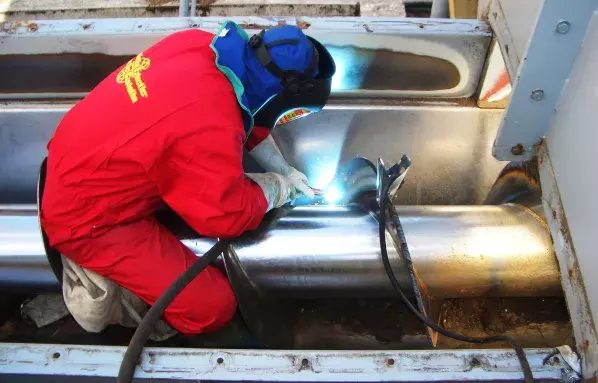A leading glass bottle manufacturer makes all kind of glass containers, going from beer bottles and jars to custom and limited edition glass containers for different industries. The main raw materials used in the glass manufacturing process are recycled glass (cullet), sand (silica) and chemicals. To calibrate the right amount of raw material to be used, each one of these ingredients is funneled through a three-legged pipe. The original solution was a three-legged funnel chute made out of mild steel, which would wear out rapidly. As this complex funnel chute plays a key role in the manufacturing process, any failure would create the shutdown of the plant. Our Service workshops manufactured a new three-legged funnel chute with CastoTubes®. It was a custom construction, turnkey solution ready to be installed. The construction was so precise that it took little time for the replacement, with virtually no production loss.
